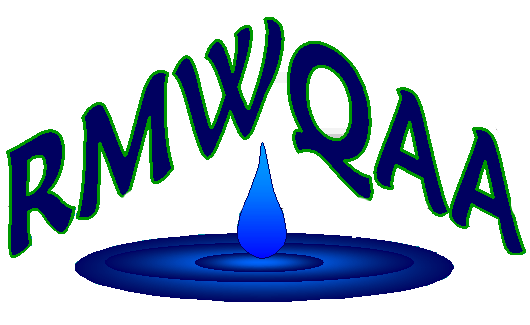Contributed by Cat Cash
Cat Cash (Laboratory Manager) works at SeaCrest Group, where they focus on conducting Whole Effluent Toxicity (WET) tests and culturing Ceriodaphnia dubia and fathead minnow.
Water is one of the most precious resources, and protecting its quality is vital to public health, environmental preservation, and the sustainability of ecosystems. WET testing is a method in which we can utilize to understand the impacts of effluent discharges on aquatic environments.
WET testing or Whole Effluent Toxicity Testing is used to assess the potential toxic effects of discharges on aquatic life. Unlike chemical tests that examine specific pollutants in water, WET Testing looks at a holistic effect of a water sample on living organisms, providing a broader view of the toxicity of effluent discharges.
The test involves exposing aquatic organisms to treated wastewater, or effluent, to observe any harmful effects. The results of WET testing help determine whether the water source meets the environmental standards set by regulatory agencies such as the Colorado Department of Public Health and Environment (CDPHE) to protect aquatic ecosystems and human health.
The origin of WET testing can be traced back to the 1970’s, when environmental awareness was on the rise. In 1972 the United States passed the Clean Water Act (CWA), marking a turning point in the environmental regulation. The CWA set forth goals to improve the quality of U.S. waters, and the regulatory framework established for wastewater treatment plants emphasized the importance of testing to ensure that discharges did not harm our aquatic environments.
At that time, most water monitoring focused on detecting specific pollutants, such as heavy metals or pesticides. However, this limited our scope because it didn’t provide a comprehensive picture of the overall health of aquatic ecosystems. Scientists began to realize an integrated approach to testing that considered the combined effects of all pollutants in wastewater on aquatic life was needed.
In 1985, the U.S. Environmental Protection Agency (EPA) formalized Whole Effluent Toxicity (WET) testing in order to “identify, characterize, and eliminate toxic impacts of discharges on aquatic ecosystems.” The National Pollutant Discharge Elimination System (NPDES) permit program, authorized under the Clean Water Act, manages water pollution by regulating effluent discharges across the United States.
The EPA published its first WET Testing guidance document, titled "Short-Term Methods for Estimating the Chronic Toxicity of Effluents and Receiving Waters to Freshwater Organisms” in 1991. This document established the standardized protocols for using specific organisms, such as fathead minnows (Pimephales promelas) and water fleas (Ceriodaphnia dubia), to test the effects of effluents.
A variety of organisms, including both freshwater and marine species, can measure a wide range of toxic effects, from acute lethality to sublethal impacts such as reproductive impairment and behavioral changes.
Since these publications, the regulatory role of WET Testing has also expanded. In the United States, WET Testing is now required under the Clean Water Act for many wastewater treatment facilities that discharge to surface waters. State and federal agencies use WET testing results to set limits on the types and concentrations of pollutants that can be released into the environment, ensuring that water quality is maintained, and aquatic life is protected.
In addition, WET Testing is now used in broader environmental management practices, such as monitoring the health of watersheds, assessing the impact of industrial discharges, and evaluating the effectiveness of treatment technologies i.e. chemical evaluations. It has become an integral part of risk assessment studies for new industrial processes, ensuring that potential environmental hazards are identified and mitigated.
By focusing on the biological effects of pollutants, WET Testing provides invaluable insight into the true impact of wastewater discharges on aquatic ecosystems. As technology advances and the importance of environmental protection grows, the history of WET testing highlights a success story of innovation and scientific collaboration in the pursuit of cleaner, healthier waters for all.
 Welcome to the
RMWQAA Website!
Welcome to the
RMWQAA Website!  Welcome to the
RMWQAA Website!
Welcome to the
RMWQAA Website!